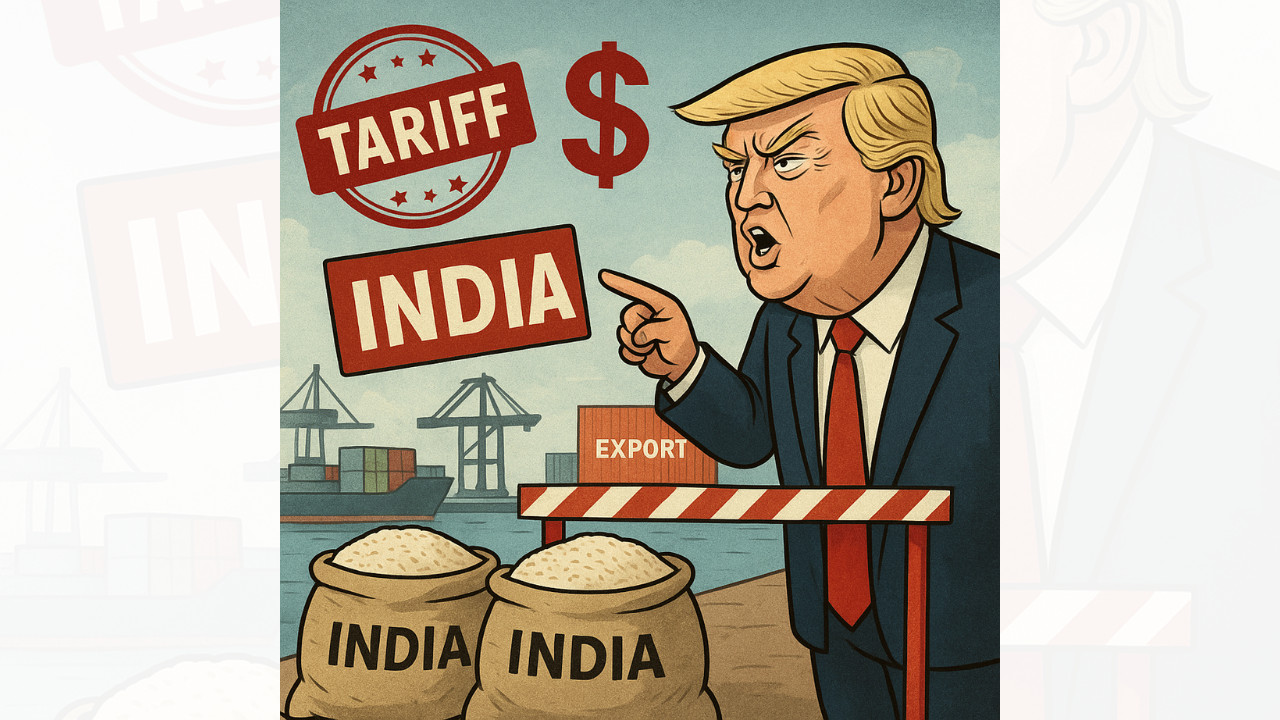Trump’s Tariff Tango: Will India Feel the Burn?
Donald Trump is back in the headlines, and this time it’s not just political rhetoric. His proposal to slap a hefty 50% tariff on goods imported into the United States is sending ripples of anxiety through global markets, and India is watching closely. This isn’t just background noise; it could be a significant turning point for Indian exports and businesses that rely on American consumers. So, what’s at stake and how might this tariff storm affect India?
Imagine you’re an Indian entrepreneur who exports beautifully crafted textiles to the US. Now, suddenly, those textiles cost your American buyers 50% more. That’s the potential reality looming, and it’s got businesses scrambling to understand the implications.
Why the Sudden Tariff Hike?
Trump’s rationale, as always, is rooted in “America First” principles. He believes these tariffs will protect American jobs, incentivize domestic production, and reduce the trade deficit. While the intention might be to bolster the US economy, the reality could be far more complex, potentially triggering retaliatory measures from other countries and ultimately harming American consumers through higher prices. The global economy is interconnected, and such sweeping changes rarely have simple, predictable outcomes.
India’s Export Landscape: Where Will the Impact Be Felt?

Several key sectors in India are particularly vulnerable. Engineering goods, a significant contributor to India’s export basket, could face a major slowdown. Think auto components, machinery, and other manufactured items – all suddenly less attractive to American buyers due to the increased cost.
The textile industry, already facing stiff competition from countries like Bangladesh and Vietnam, could also suffer. A 50% tariff adds a significant burden, potentially eroding profit margins and forcing businesses to reconsider their export strategies.
Similarly, the pharmaceutical sector, a powerhouse of Indian exports, might experience a decline in sales to the US. While the demand for medicines is relatively inelastic, a substantial price hike could encourage American consumers and healthcare providers to explore alternative options, even if they are less readily available.
Companies on the Front Lines
While it’s difficult to pinpoint specific companies with absolute certainty at this early stage, those heavily reliant on the US market for their revenue stream will undoubtedly feel the heat. Large manufacturing companies exporting industrial goods, textile manufacturers focusing on the US market, and pharmaceutical firms with a significant American presence will need to re-evaluate their strategies. They might explore diversifying their export markets, strengthening domestic sales, or investing in cost-cutting measures to mitigate the impact.
Navigating the Tariff Terrain: Possible Strategies
Indian businesses aren’t passively waiting for the storm to hit. Many are already exploring strategies to minimize the damage. One approach is diversification – actively seeking new markets in Asia, Europe, and Africa to reduce reliance on the US. This isn’t a quick fix, but it’s a crucial long-term strategy for building resilience.
Another tactic is to focus on value-added products. Instead of exporting raw materials or basic manufactured goods, companies can invest in innovation and develop higher-value products that can command better prices, even with the tariff burden.
Finally, there’s the option of collaborating with American companies. Joint ventures, licensing agreements, or even setting up manufacturing facilities in the US could help Indian businesses circumvent the tariffs and maintain their access to the American market. This strategy, however, requires significant investment and careful planning. For more on diversifying markets, read our article on [global trade opportunities](link to internal article).
The Ripple Effect: What Does This Mean for the Indian Economy?
A significant decline in exports to the US could have a cascading effect on the Indian economy. Reduced export earnings could lead to job losses in affected sectors, slower economic growth, and increased pressure on the Indian rupee. The government will need to play a proactive role in supporting affected industries, perhaps through export incentives, tax breaks, or infrastructure development.
Looking Ahead: Uncertainty and Adaptation
The future remains uncertain. Whether Trump’s tariff proposal will become reality, and the extent of its impact on India, is still unknown. However, one thing is clear: Indian businesses need to be prepared. Adaptability, innovation, and a willingness to explore new markets will be crucial for navigating this challenging trade landscape. The key is not just to weather the storm, but to emerge stronger and more resilient on the other side.







